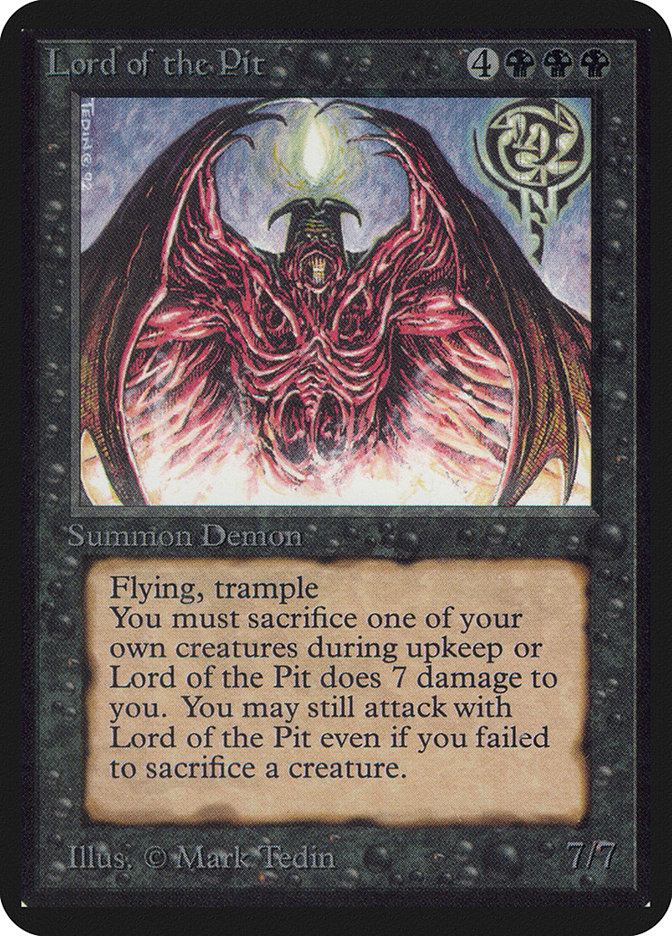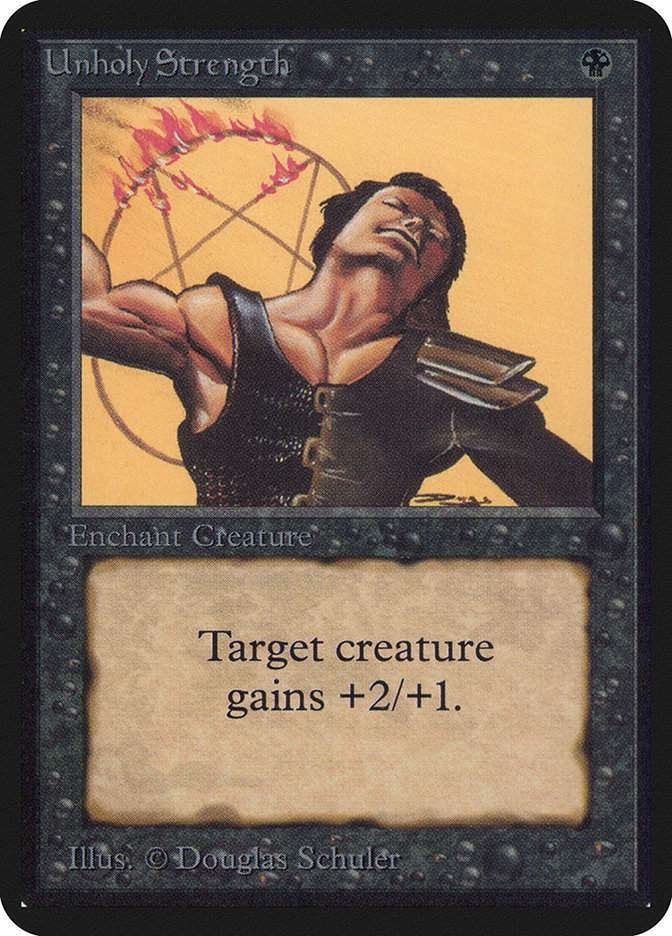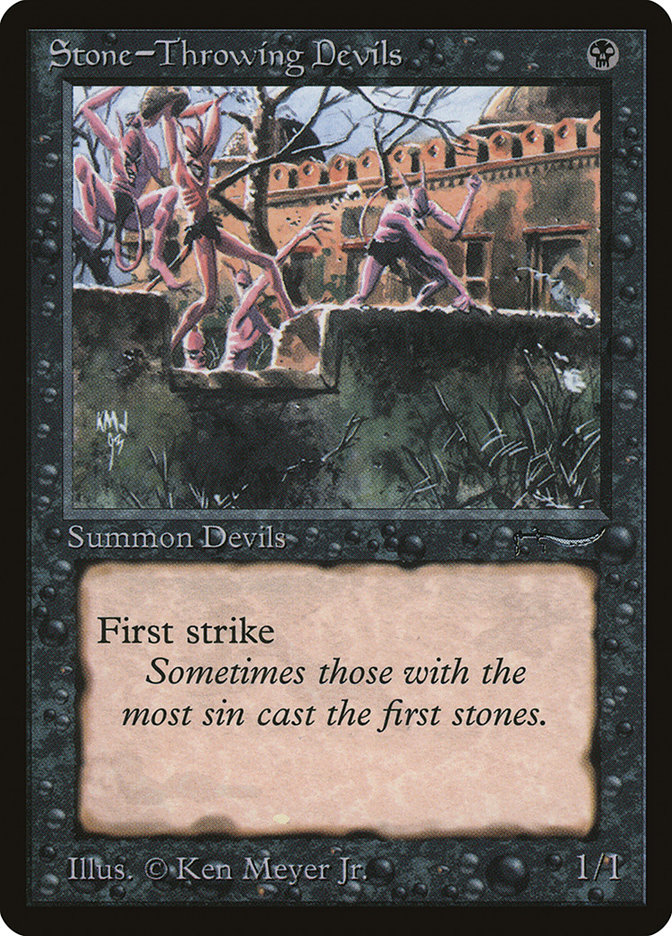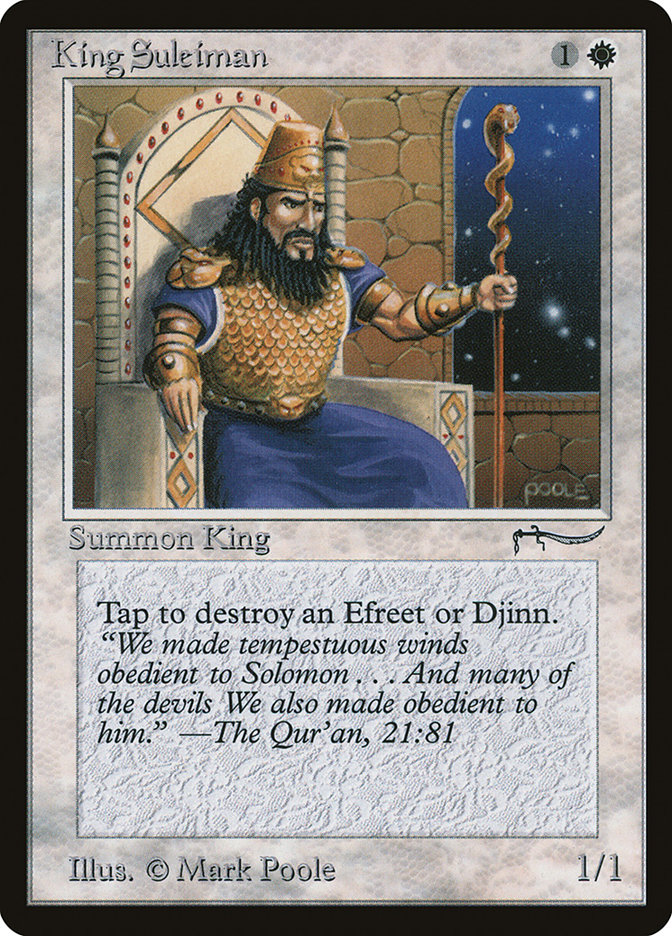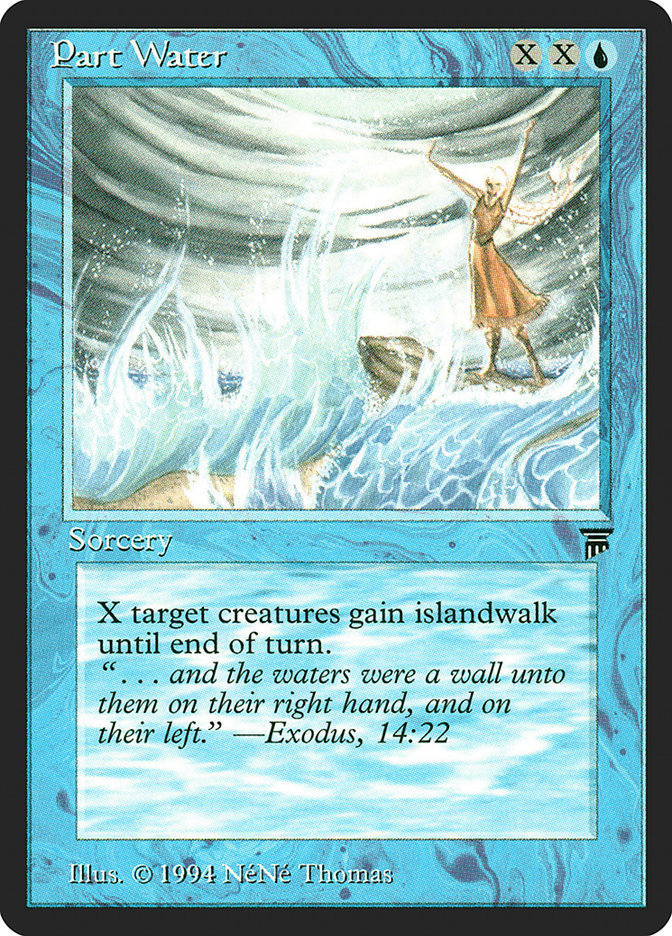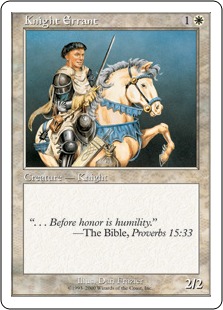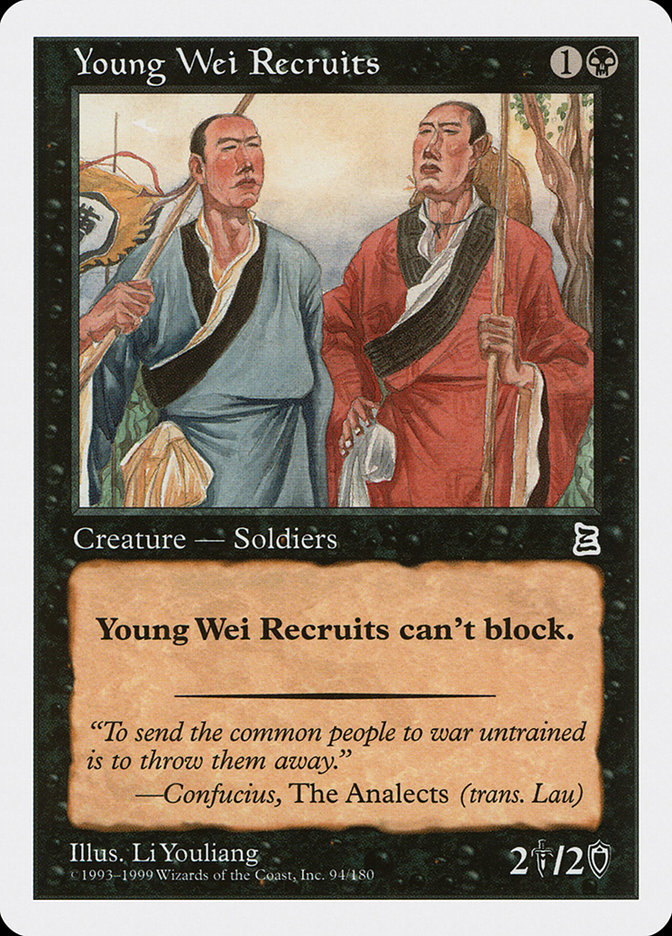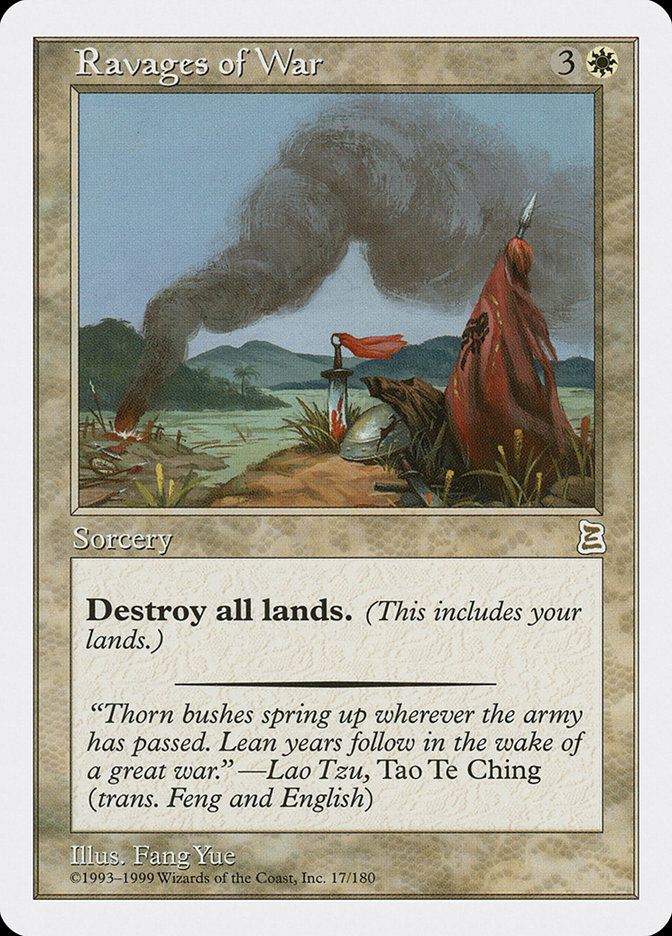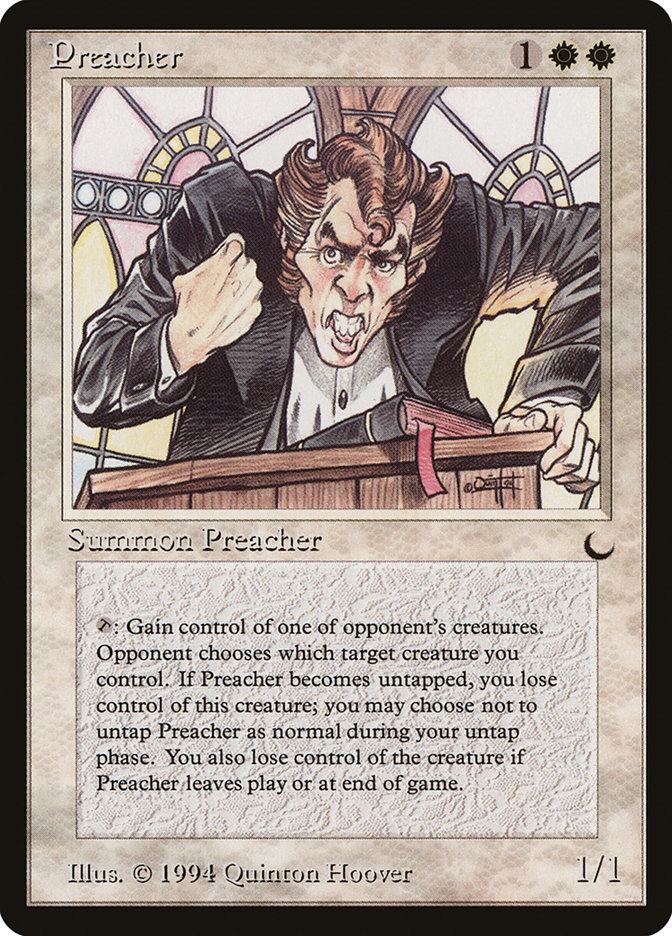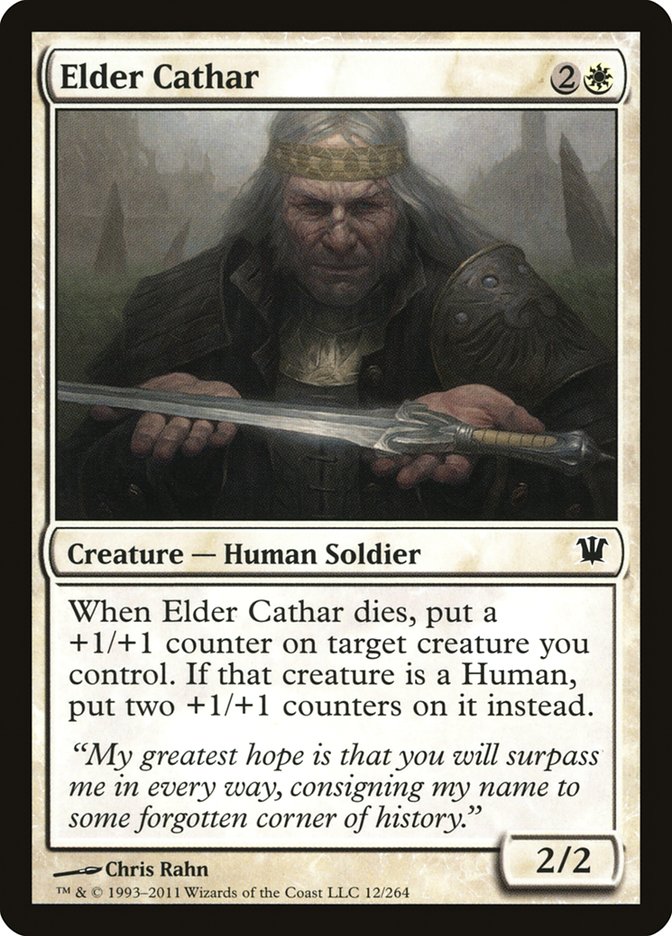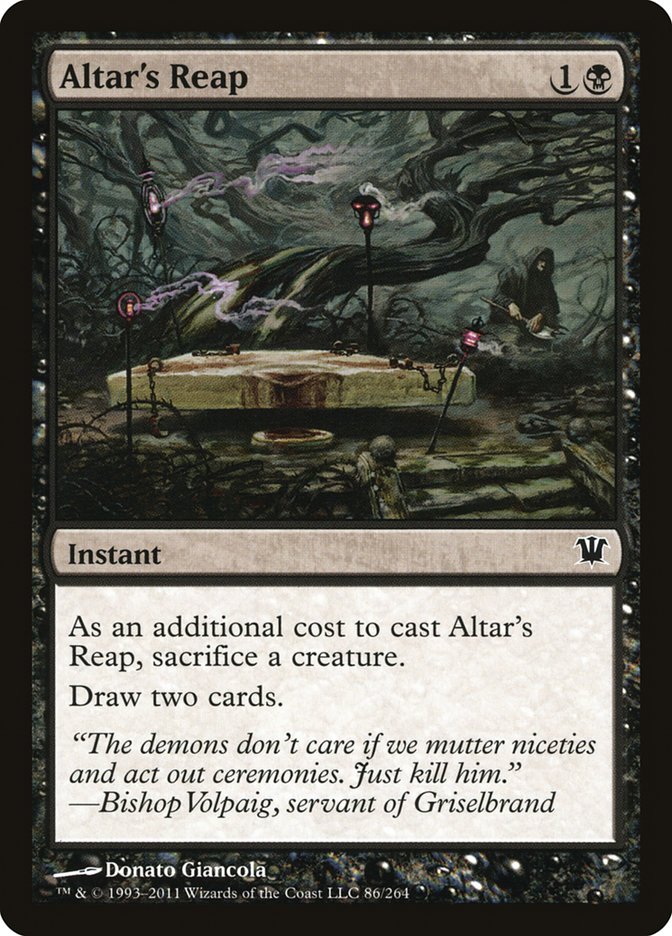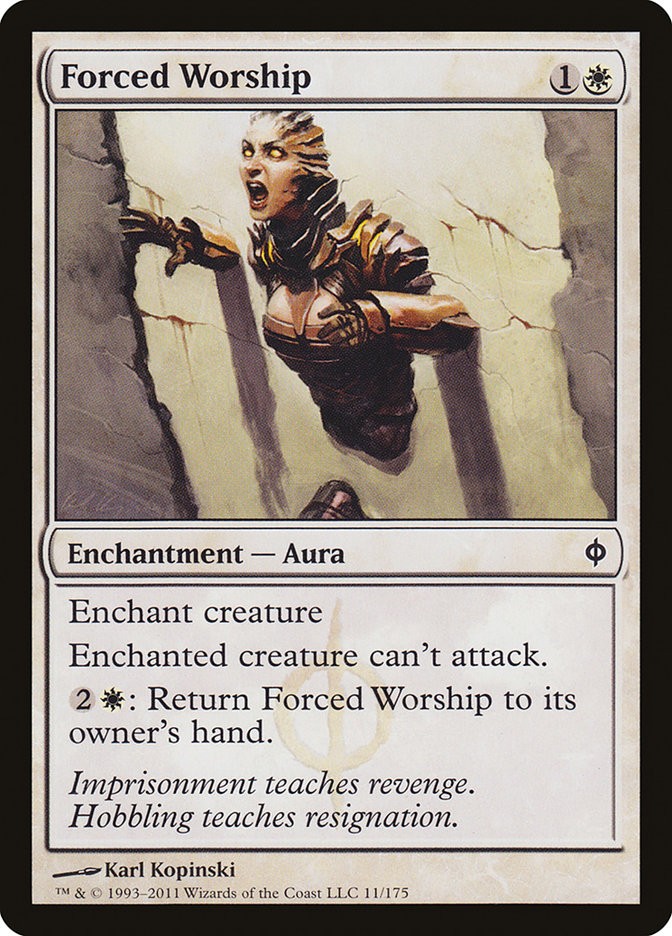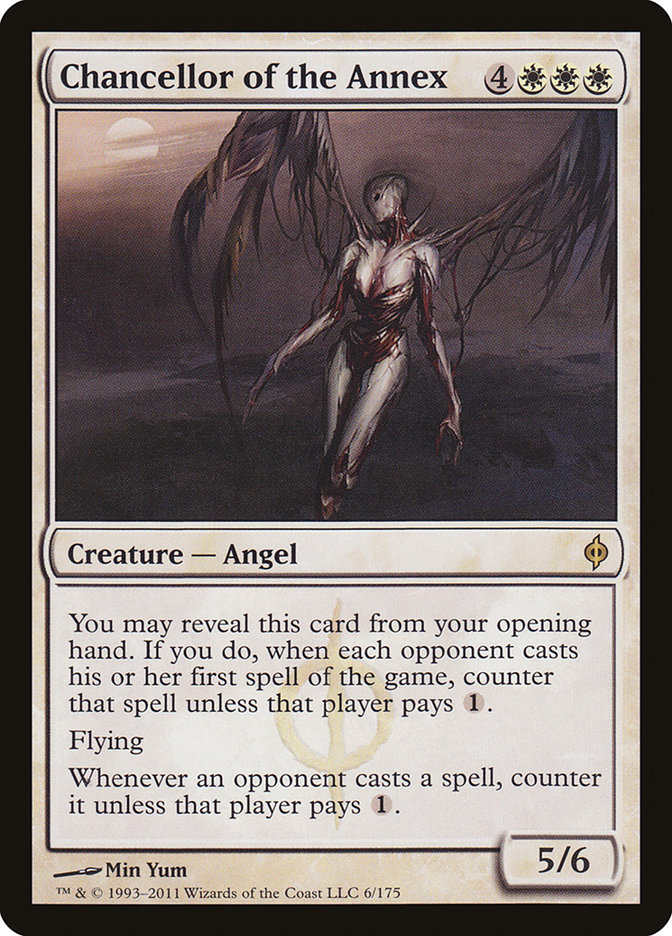When I encounter characters on a screen or in the pages of a book, I like to uncover what makes them tick. Who shaped them into the people they are at the start of the story? When did they begin their slow descent into villainy or swift path to heroism?
Then there’s the most complex question of all: "what do you believe?"
Every sapient character has a way of living and some sort of creed no matter how buried. In fantasy, particularly fantasies anchored in the Northern European tradition, this often takes the form of religion, but the statement holds true even when religion per se isn’t part of the equation. (The most famous atheist character in literature, John Galt, declared, "I swear by my life and my love of it that I will never live for the sake of another man, nor ask another man to live for mine.")
Religion is also one of the touchiest subjects for a creator to handle. Use of a real-world religion can be fraught with real-world peril, as Salman Rushdie can attest. Magic: The Gathering has had its own (milder) tribulations, some of which I’ll cover below as they become germane. One official explanation of why Magic doesn’t reference real-world religion is because it interferes with building a self-contained fantasy world, as then Magic Creative Director Brady Dommermuth explained in 2004.*
*Note that the article is almost a decade old, Brady Dommermuth is no longer with Wizards of the Coast, and certain perspectives have changed. I’ll get to those changed perspectives as they become relevant.
On the other hand, inventing a religion is also extremely hard work, and even masters of worldbuilding can struggle to make a convincing fictional religion. The late Octavia Butler is one of my favorite writers, and her Parable series (Parable of the Sowerand Parable of the Talents) traces the journey of Lauren Oya Olamina and the religion she creates called Earthseed. I’m immensely fond of the novels, but Earthseed itself—its tenets, its goals, its "Book of the Living"—is the weakest part of the creation. The dynamics of family and religion are far more fascinating than the religion itself.
How has Magic walked the path between the two, going from tangling with real-world faiths to making invented religions an integral part of its worldbuilding? There’s a lot of ground to cover. On to it!
I Wish The Real World Would Just Stop Hassling Me
At first Magic didn’t have a good handle on keeping real-world symbols or references in check. Somewhere between Unholy Strength having a pentagram in its background and Lord of the Pit literally reading "Summon Demon" on its type line, it’s no wonder a certain subset of the population took one look at Magic and went "oh, Heaven, no."
The first Magic expansion, Arabian Nights, had its own creative issues. While Richard Garfield chose the setting of One Thousand and One Nights because of his great love for the work, between the inclusion of a card named Stone-Throwing Devils and multiple quotations from the Quran, there’s some cultural awkwardness at a minimum.
After the Quran it was the Bible’s turn to get quoted, starting with the Legends expansion. The card Part Water draws from the Book of Exodus, and Durkwood Boars quotes the Book of Mark. Other references include Segovian Leviathan (which quoted the Book of Job all the way through Classic Sixth Edition); Revelation (including a rather awkward misprint I detailed in an earlier article*); and Knight Errant, the last Magic card to quote the Bible with its Starter 2000 printing.
*There’s been a bit of an update to the "Top Five Sources of Real-World Flavor Text" article, as Sun Tzu now has five cards bearing quotations from The Art of War.
The last widescale quoting of real-world religious texts came with Portal Three Kingdoms, which was a variant product specifically made to reference a cultural touchstone in China. Barbarian General and Young Wei Recruits quote the Analectsof Confucius. Ravages of War quotes the Tao Te Chingof Lao Tzu, as does Sage’s Knowledge. Taoist Hermit and Taoist Mystic are the only examples I can come up with where a specific real-world religion has appeared in a Magic card’s name (as opposed to flavor text), and Three Visits quotes the Confucian philosopher Mencius.
That was just the first decade, and I didn’t even get around to talking about The Dark, a set that reads like metacommentary on certain individuals’ hostile attitude toward the game despite the fact that we don’t know if it was meant that way.
In Magic’s second decade, it (largely) learned its lesson about mixing the real world and Magic’s world—light references and general nods are okay, while specific things like ankhs (see "of Mishra") are not. Wrath of God is out. The less specific Day of Judgment is in. Aside from a few bobbles like Coercion—the art may be classic, but the boy’s attire comes uncomfortably close to certain real-world religious elements—they’ve kept things pretty clean (except for a block-long mistake called Kamigawa).
Unlike Norse or Greek myth, Shinto is a living religion that influences the lives of millions of people. The defining element of the Kamigawa setting is "Shinto gone wrong." In other words, people who aren’t adherents of Shinto decided to make a version where the spirit-gods (kami) were waging war on the mortal realm. Put that way it sounds pretty cringe-worthy.
That isn’t to say that there was any disrespect intended. Brady Dommermuth, who shaped the world of Kamigawa, made a conscious choice to do something innovative with a Japan-inspired setting while trying to remain respectful of the source material. Still, cultural appropriation is inherently fraught with peril. While some writers have made arguments for "appropriate cultural appropriation" as Nisi Shawl put it, messing with an actively held religious system requires such a careful touch that it really isn’t worth trying in a corporate product such as a Magic set release.
When I think about Magic’s current creative team and how they would’ve approached Kamigawa, I don’t think the kami would’ve made it in, not with Kiora’s surname getting dropped because of its meaning in Maori. Kitsune and soratami, sure, but not the kami. (Let’s face it—if Magic Creative hated the soratami, we wouldn’t have Tamiyo, the Moon Sage!)
Since Kamigawa block, the major settings for Magic have avoided interaction with major current religions insofar as such avoidance is possible. Neither the folklore of the British Isles nor the myths of ancient Greece have a significant religious following today to give two examples.
Fictional Religions InMagic: Three Recent Case Studies
The recent Magic approach has been to craft fictional religions with varying levels of real-world inspiration to place in various settings. In this section I’ll be looking at the Church of Avacyn from Innistrad, New Phyrexia’s Machine Orthodoxy, and the Theros pantheon.
Innistrad: The Church Of Avacyn
I consider the Church of Avacyn decently well realized. It has a surprisingly "lived in" feel with the eccentricity and grit of a centuries-old religious movement; this shows up most in cards such as Elder Cathar that show an awareness of generations. (A bit of amusement: in the "real world" the Cathars were a medieval sect condemned as heretical by the Roman Catholic Church.)
Almost any fantasy setting involving religion will have its highfalutin poetic texts. What makes a fantasy religion feel real to me is a "low church" presence, the equivalent of a New England Primer with its strange little couplets: In Adam’s fall / We sinned all. Unfortunately the best evidence of this appears not on a white or green card but a black one, Altar’s Reap, and even that’s a sick joke. Kindercatch is a solid example of folk wisdom from beyond the major centers of civilization.
The sheer pervasiveness of Avacynian imagery in Innistrad block is also remarkable. "Avacyn’s Collar," an appropriate motif for a being created to suppress dark forces, is everywhere from the Executioner’s Hood to the clothing on Geist of Saint Traft.
It’s also worth noting that despite sets upon sets of Serra Angel and her kin, the settings of The Dark and Innistrad are the only ones to make specific mention of "saints" in flavor text; not coincidentally, they are the two settings with the most parallels to Christianity, with Innistrad’s most immediate inspiration being 18th century Prussia. Magic has few saints, though plenty of martyrs.
New Phyrexia: The Machine Orthodoxy
There’s a whole article on Daily MTG about the white Machine Orthodoxy faction on New Phyrexia that’s worth the read. The short version: while Karn was trapped on New Phyrexia, his ravings were transcribed as the Argent Etchings; the "controlling/orderly" color of white is the closest New Phyrexia has to a religion while also being a vicious mockery of it; and Elesh Norn, Grand Cenobite is playing the power game just like every other praetor on the plane.
There’s not a whole lot to add beyond the Daily MTG article really. The typically comforting attitude of religion in the control of those who cannot comprehend the idea of a soul gets twisted into something just recognizable enough to feel disgusting. New Phyrexia doesn’t go for subtlety, and between Forced Worship and Chancellor of the Annex, the New Phyrexian attitude is plain for all to see.
Theros: A Well-Populated Pantheon
As of this writing, the most recent Magic block is Theros, a setting inspired by ancient Greece and popular perception of it. Befitting a mythology so wide-ranging and tangled, Theros has a well-stocked pantheon of deities that merge historical-literary references with the distinctive tropes of the game.
I covered the minor gods of Theros in a previous article, so for now I’ll focus on the major monocolored divinities. Three are analogs (though far from carbon copies) of the three male deities—their three sisters didn’t get to join in—who drew lots to determine who ruled which realm. According to the Iliad,Zeus, Poseidon, and Hades drew the sky, the sea, and the underworld respectively.
Heliod, God of the Sun has aspects of Zeus, particularly in appearance, but as a sun god he is connected to his namesake Helios and the Greek god of light Apollo. Thassa, God of the Sea functions much like Poseidon but in name and form bears more similarity to Thalassa, a primordial sea goddess in Greek myth. Erebos, God of the Dead has perhaps the strongest one-to-one connection, though Erebos differs in physical form and choice of weapon; in Greek myth the bident is associated with Hades, while the trident belongs to Poseidon.
Purphoros, God of the Forge and Nylea, God of the Hunt are based on Hephaestus and Artemis, though with the usual twists. While both Hephaestus and Artemis are children of Zeus in Greek myth—Hephaestus with his wife, Artemis with one of his many unfortunate extramarital targets—there is no such family connection assumed with the deities of Theros. Purphoros is depicted as able bodied and reasonably attractive unlike the disfigured Hephaestus, while Nylea’s headgear makes it look as if she raided the closet of Greek messenger god Hermes.
The most telling variation between the two pantheons though emerges as an absence. The Theran deities are in charge of:
The sun (Heliod)
The sea (Thassa)
The dead (Erebos)
The forge (Purphoros)
The hunt (Nylea)
Civilization (Ephara)
Deception (Phenax)
War: Slaughter (Mogis)
Riotous abandon (Xenagos)
Passage to the Underworld (Athreos)
War: Victory (Iroas)
Storms/Insight (Keranos)
Time/Horizons/Unseen Things (Kruphix)
Poison/Medicine (Pharika)
What’s missing? A romantic love god. There’s no Eros, no Aphrodite, no god taking it as a minor aspect of the portfolio . . . nothing. There’s mother love with Karametra, and Xenagos is X rated. But there’s no romance.
There are however two war gods. Theros definitely isn’t a "make love, not war" sort of place. Then again, neither is Magic.
What are your thoughts on Magic’s invented religions? Do you miss the days of Wrath of God? I’d like to hear from you in the Facebook comments. Talk to me!

